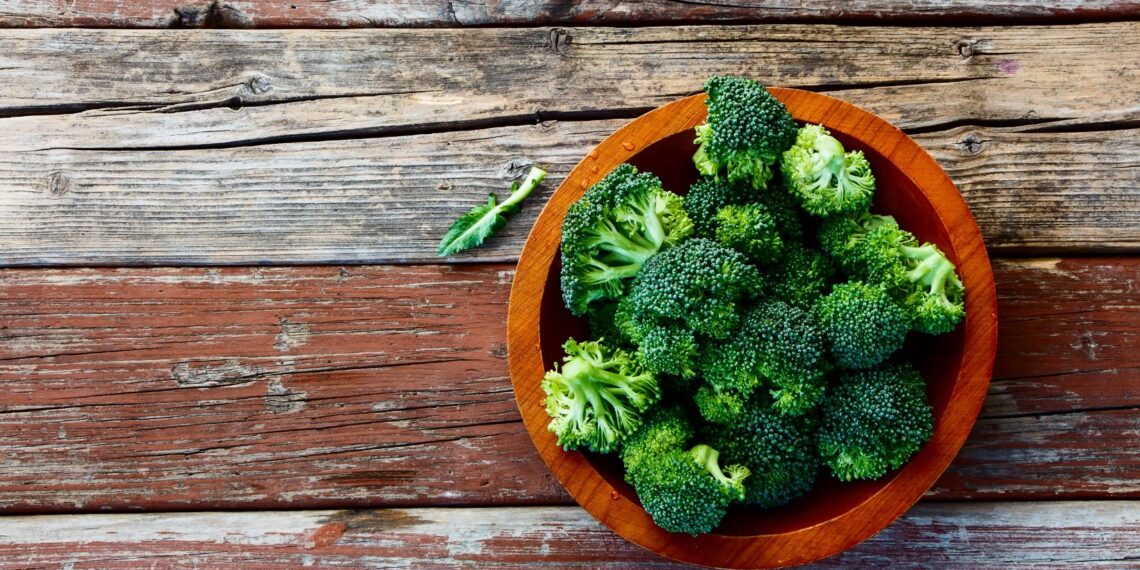Low Carb Vegetables
If you’re on a mission to trim down or simply maintain a healthy lifestyle, you’ve likely heard about the benefits of a low-carb diet. But here’s the deal – not all veggies are created equal when it comes to their carbohydrate content. Some are low in carbs, while others pack a heavier punch.
Examples of Low Carb Vegetables
When considering a low-carb diet, it’s handy to know which veggies are low in carbs so you can incorporate them into your meal planning. Below, I’ll cover several examples of low carb vegetables, broken down into categories.
Leafy Greens
Leafy greens are a staple of any low-carb diet. They are not only bursting with vital vitamins and minerals, but are also incredibly low in carbs. Common examples of these include:
- Spinach
- Kale
- Arugula
- Swiss Chard
These offer a high degree of flexibility in preparation. You can have them in salads, stews, or even as a simple side dish.
Cruciferous Vegetables
Cruciferous vegetables carry a powerhouse of nutrients and are low in carbs. These include:
- Broccoli
- Cauliflower
- Cabbage
- Brussel Sprouts
These vegetables are an excellent addition to several dishes due to their versatility. I highly recommend trying them as side dishes, or even as the main component of your dish.
Bell Peppers
Bell peppers add sweetness and crunch to your meals and are packed with Vitamin C. What’s more, they’re low in carbs too! Opt for green bell peppers for the least amount of carbs.
Zucchini and Squash
Despite their somewhat creamy texture, zucchini and squash belong to the low-carb vegetable category. Whether used in a dish or as substitutes for noodles, these veggies add volume without a significant carb count.
Cucumber
The humble cucumber, despite being composed of over 95% water, still brings to the table a decent amount of essential vitamins and minerals. It’s also a refreshing option for a low-carb snack or salad ingredient.
Incorporating these low-carb vegetables into your eating habits isn’t just about aiding weight management, but it’s also about focusing on overall health and well-being. Make sure it suits your dietary requirements and enjoy experimenting with these health booster vegetables.

How to Incorporate Low Carb Vegetables into Your Diet
Introducing low carb vegetables into your diet isn’t as challenging as you might think. With a little creativity and flexibility, you’ll find plenty of delicious and nutritious ways to bring leafy greens, bell peppers, zucchini, squash, and cucumbers into your main meals and snacks. Let’s get into the thick of things, exploring the versatile realm of low carb vegetables and the numerous ways to incorporate them into your eating habits.
Salads and Stir-Fries
Notably, salads are one of the most straightforward and versatile methods to introduce more low carb vegetables into your meals. Toss together some spinach, peppers, and cucumbers for a refreshing and crunchy treat. Sprinkle in some nuts and seeds for a protein boost. For a warm and savory dish, consider a stir-fry. Vegetables like bell peppers, zucchini, and squash are excellent additions in stir-fry. They are low in carbs and can transform an everyday meal into a vibrant and nutritious hot dish. Remember – sauces and dressings can contain hidden carbs, so ensure you choose wisely when adding the finishing touch.
Roasting and Grilling
Nothing brings out the flavors in vegetables like roasting and grilling. Roasting is a simple yet effective method of enhancing the rich, hearty flavors of vegetables. Toss some leafy greens and zucchini in olive oil, season with salt and pepper, spread them out on a baking sheet, and roast in the oven until they’re slightly crispy. Grilling, on the other hand, imparts a smoky quality that’s hard to resist. Zucchini, bell peppers, and squash exhibit excellent grill marks and have a flavor depth unmatched by any cooking method.
Spiralizing and Substituting
The trend for spiralizing vegetables means low-carb alternatives for pasta like zucchini noodles (“zoodles”) or spaghetti squash are increasingly popular. Try spiralizing zucchini for a sound nutritional substitute to your regular pasta. Squash makes an excellent stand-in for rice when it’s chopped finely. With newfound popularity, pre-spiralized options hit the shelves, making it even simpler for those short on time. Don’t forget – these substitutes decrease the amount of carbs you consume, whilst taking your nutritional intake off the charts.
Equipped with an array of options to incorporate more low carb vegetables into your diet – salads, stir-fries, roasting, grilling, and spiralizing are only the beginning. Your journey to a healthier lifestyle is much more attainable with this knowledge at your fingertips.














